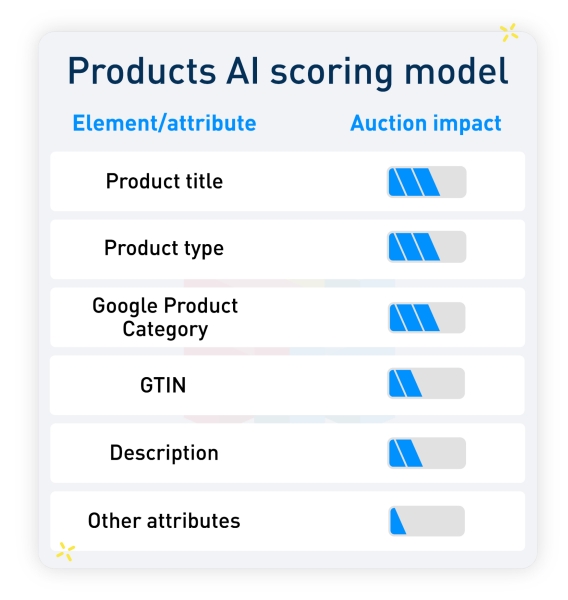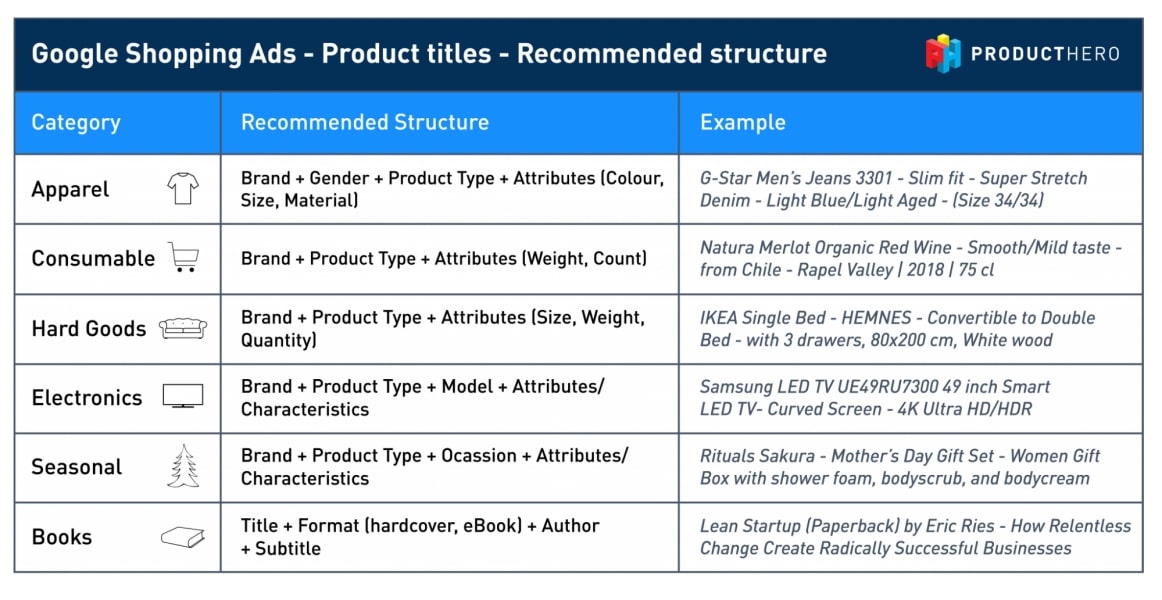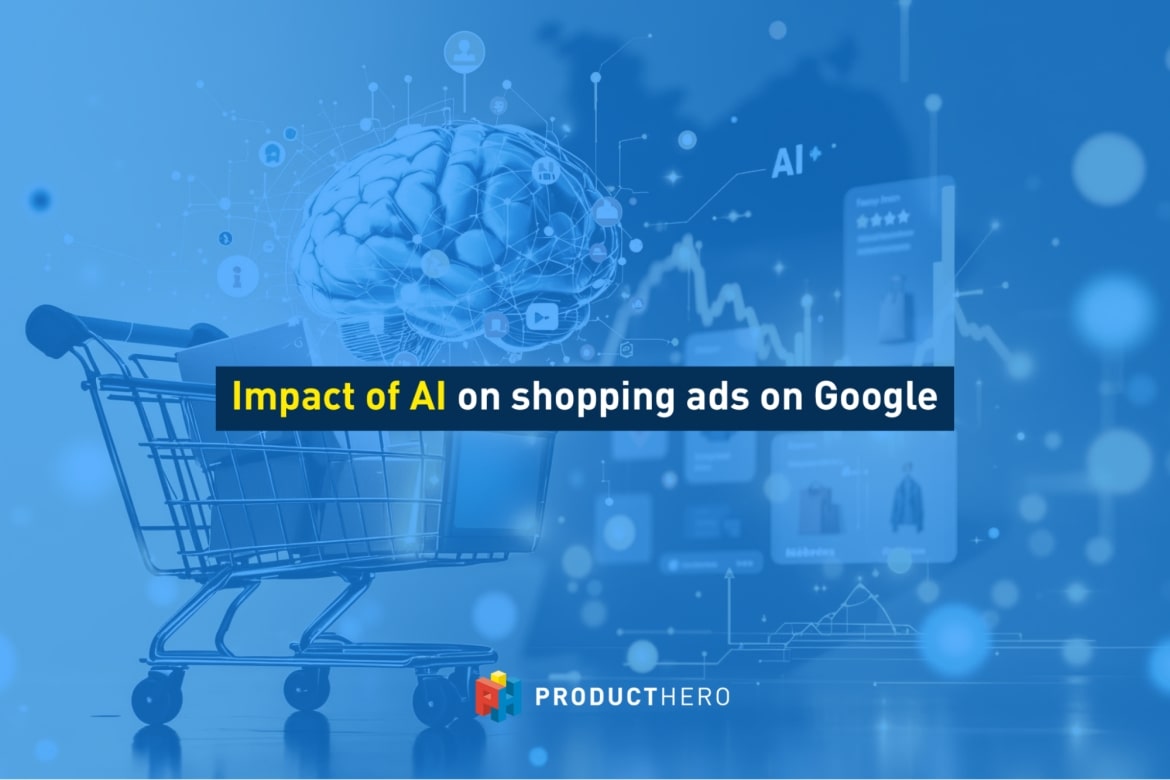Commercial collaboration
Article written by Mark Grasmayer, Head of Marketing at Producthero
With Germany hosting approximately 49,134 webshops according to Bolddata, marketers are constantly looking for ways to gain a competitive edge. Performance Max has revolutionized how advertisers manage shopping campaigns on Google, offering automation and reach like never before. But with automation comes the need for smart strategy and enhanced product data.
That’s where Artificial Intelligence (AI) comes in. AI-powered tools are changing how retailers approach feed optimization, ad relevance, and campaign performance. In this article, we’ll explore the practical impact of AI on Shopping campaigns on Google, share best practices for using Performance Max, and deep dive into real-world case studies that demonstrate how AI can dramatically boost clicks, impressions, and revenue.
How Google ranks product listing ads
Before diving into AI, it’s essential to understand the ranking factors behind shopping ads on Google works, which form the foundation for all optimizations:
- Historical performance: Click-through rate (CTR), conversion rate, and engagement data influence how often your product is shown.
- Landing page experience: The relevance and loading speed of your product page directly impact ad performance.
- Price competitiveness: Google evaluates if your pricing is attractive compared to other advertisers for the same or similar products.
- Merchant trust & account health: A solid Merchant Center reputation helps your visibility.
- Product data quality: Google relies heavily on your product feed. It’s crucial to take more into account than just titles. To increase the relevancy of your shopping ads, you should take all ranking factors into account, such as your product type, GTIN, description, Google Product Category and other attributes such as materials, gender and more.

Product title – auction impact: Very High
The product title carries the most weight in Google’s auction ranking algorithm. It directly influences the relevance by keyword matching to search terms. An optimized title ensures that your listing surfaces for relevant queries, especially when it includes core keywords like brand, product type, and key attributes (e.g., size, color, material). For eCommerce marketers, this means spending time crafting clear, keyword-rich titles is non-negotiable for performance. Here are best-practices for your product title, depending on your industry:

Product type – auction impact: High
The product type defines how your listing is categorized beyond Google’s taxonomy and is defined by the merchant. A well-structured and detailed product type improves relevance and ensures better alignment with search queries. For Performance Max, which heavily relies on signals, this helps the AI serve ads more accurately. An example could be to extend your product type, from: Books > Body & Mind to a more in-depth structure such as Books > Body & Mind > Self-Help > Mental Health.
Google product category – auction impact: High
This attribute maps your product to Google’s fixed category tree and significantly contributes to how Google understands and indexes your item. While often overlooked, using the most specific and correct category boosts product visibility and reduces the chance of irrelevant impressions. For German eCommerce retailers, aligning with the correct category in Google’s taxonomy ensures listings appear in the right context.
GTIN (Global Trade Item Number) – auction impact: Moderate
GTINs are product identifiers that signal authenticity and help Google match your product to its database. This match allows Google to enrich your listings with additional information and improves competitiveness in the auction. If your product has a manufacturer-assigned GTIN, always include it, especially for branded or widely-sold goods. This also helps Google to compare the prices of your products. Which is a key function of the shopping window on Google.
Description – auction impact: Moderate
While not as critical as titles, descriptions play a supporting role in helping Google understand your product. A clear, keyword-enriched description reinforces the title and product type, providing Google AI with richer context. For marketers, it’s a chance to add secondary keywords and improve engagement by highlighting benefits and use cases.
Other attributes – auction impact: Low
These include fields like color, size, material, and custom labels. While their standalone auction impact is lower, they contribute to feed health and enable more granular targeting, filtering, and campaign structuring. Especially for Performance Max campaigns, these attributes help the system learn and optimize faster.
Performance Max leverages automation, so these fundamentals remain critical. And this is exactly where AI steps in.
Why should German webshops care about AI optimization?
German consumers are known for their price sensitivity and research-heavy shopping habits. This means:
- Your Shopping Ads must stand out.
- Your product data must be accurate, detailed, and compelling.
- Your campaigns must be agile and constantly optimized.
Relying solely on Performance Max’s automation won’t cut it as other retailers use this same campaign type. Retailers need to combine Google’s automation with AI-powered precision.
Your relevancy to match a search query has a big impact on your visibility in Google’s shopping window. In a research by Producthero they show that about 60% of your products hardly get impressions. That could be due to performance max giving the products insufficient advertising budget, however, it could also be that your product content isn’t optimized.
The reason that many marketers don’t optimize their product feed, is because it is a lot of work to do it manually, that makes it time consuming and would impact the return on your investment. This is the reason why you should use AI to optimize your product feed as this will automate the process, saving marketers time and preventing them from having to perform a boring task.
In multiple case studies, Producthero discovered that optimizing your entire feed can lead to great results. For example, Netherlands biggest book store, Bruna, achieved 14% more impressions and 21% more clicks by optimizing their product content using Products AI. Another great example is Cotonshoppen, a Danish pet store, who achieved 10,7% more impressions and 14,6% more clicks after optimizing their product feeds.

How Products AI saves you time and automates optimizations
While it is possible to do all the optimizations above manually, you can save a lot of time by using AI. You could use a solution like ChatGPT and create prompts from the start, or you can use Products AI by Producthero.

The benefit of Products AI is that we continuously optimize the prompts in the backend based on testing and feedback from other webshops. That way we improve the quality of the results while saving you time, frustrations and enabling you to optimize your products today.
Products AI is able to analyze your entire product feed, score your products, and recommend changes that help your ads win auctions and increase your visibility. Many PPC specialists use this tool as it takes away a manual job that they feel is boring.
✅ Want to know more or give it a try? Visit Producthero to try Products AI to analyze your feed for free.
***





